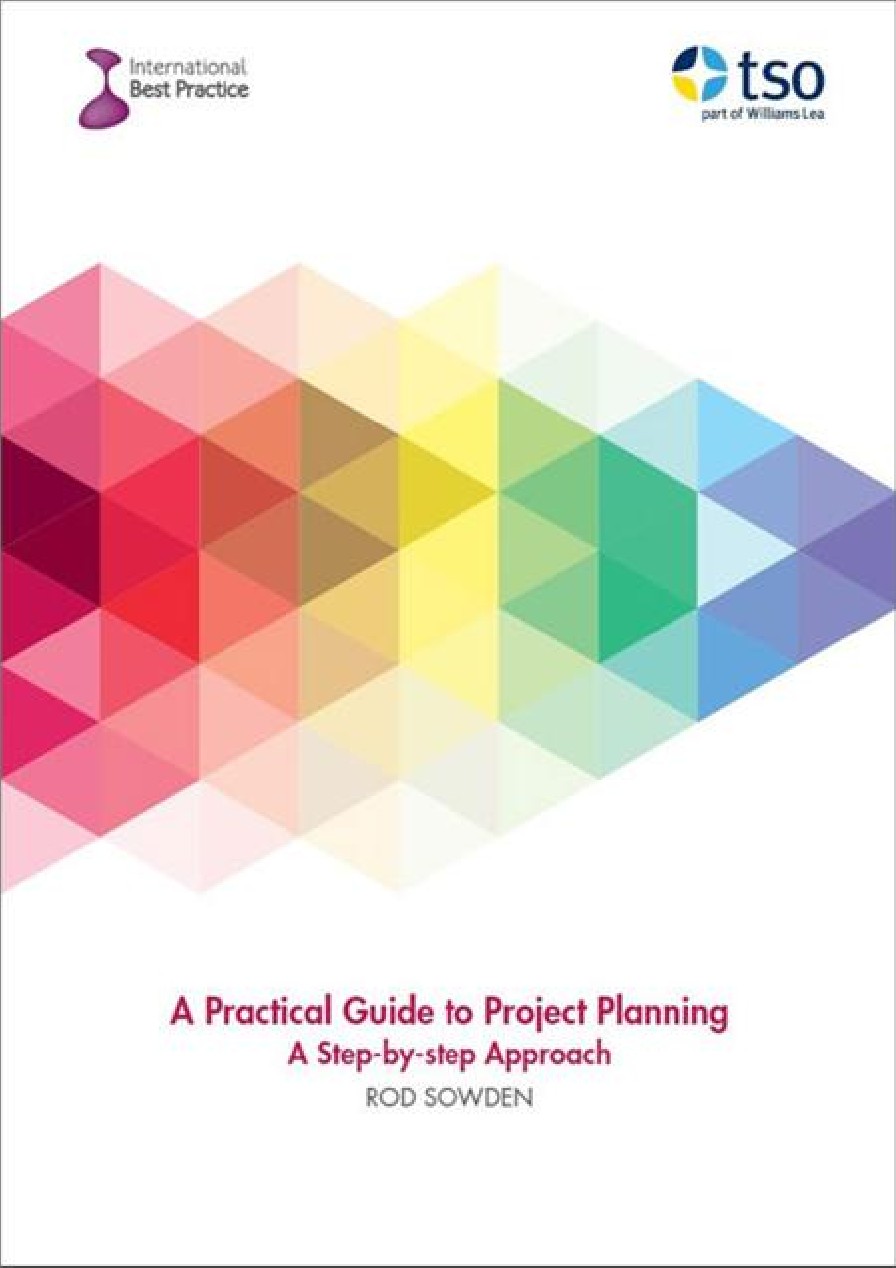eLearning Log in
Login here using your username and password
How do I identify project outputs?
Introduction
As we move further into the detail of Designing the Plan, some of the challenges we face will be of increasing complexity. The figure below shows the sequence model for defining this part of the journey.
Having developed the sequence model so that the journey is now defined, the next step is to work out what will need to be created and put into place to enable the journey.
You need to identify what products will be created and order them into a structure that can be used to plan timing, resourcing, dependencies and costs. Identifying and mapping outputs is often described as ‘creating a product breakdown structure’.

This extract has been reproduced with permission from A Practical Guide to Project Planning, TSO 2016. If you’d like to read more you can purchase the copy of the book here.
TIP
Thinking about products focuses us on what we need to produce and deters us from jumping straight into building a ‘to do’ list of activities, which will result in a lack of focus.
Beware of making too many assumptions about the current state. Take time to find out how things work at present so that the gap to be filled by the project outputs is fully scoped and understood.
Technique
There are two techniques that are useful for identifying and mapping outputs (or creating a product breakdown structure). The first is mind mapping and the second is a hierarchical list of the components required to create an output.
TIP
A product breakdown structure can be expanded into a work breakdown structure to show tasks and an organizational breakdown structure to show what skills and resources will be needed.
A mind map is a diagram used to represent words, ideas, tasks, or other items linked to and arranged around a central key word or idea. It presents ideas in a radial, graphical and non-linear manner. Mind maps are used to generate, visualize, structure and classify ideas, and as an aid to studying and organizing information, solving problems, making decisions and writing. The mind map provides the basis for creating the hierarchical product breakdown structure, which shows the outputs of the project in a pecking order and puts more organization and formality around the relationships.
The process of defining the product breakdown structure will be iterative. As the work progresses you may discover areas for which you do not have requirements, or alternatives that will require consultation with the stakeholders.
For some people, the product-based planning approach is not natural. If this is the case for you, think about what needs to be in place and working, namely the outcomes, and work backwards to identify what needs to be in place. This is a good reason for using a mind map to start the process; once it has been created then more order and definition can be applied using a hierarchical product breakdown structure.
The product breakdown structure should be communicated to stakeholders for their approval, although it may require some explanation to the uninitiated. It should be mandatory for all projects to produce a product breakdown structure.
Example
Example 1 – a product breakdown structure in mind map format
The figure below is a mind map using the example of the training course project. Initially, it randomly captures the things that need to be sorted out. As it develops it can take more structure, but it is good to get the big headings down early as these tend to shape the later thinking. In a workshop sticky notes can be issued to create the map. If you are doing it as an individual, you might prefer to use computer software developed for mind mapping, flowcharts and diagramming, or presentations, to achieve the same effect.
Example 2 – a product breakdown structure in hierarchical format
It is relatively straightforward to change the format of a product breakdown structure from a mind map into a more hierarchical list by using the same main headings and breaking them down into specific products that need to be created (see Figure 3.5). The mind map is quite a random collection of ideas, while the hierarchical format translates this into the specifics that the project will need to deliver and plan for.
The Product Breakdown Structure for the training course project
This is an example of the breakdown structure for the materials required for the training course, as used in previous examples. It identifies the key component parts of the pre-course packs, delegate packs, hand-outs and materials (stationery) required by the trainer.
The drill down Product Breakdown Structure for the training materials
Output 1 – Materials pack for the training course project

TIP
Using reference numbers for each element of the product breakdown structure will be helpful for allocating responsibilities and tasks and communicating issues.
The requirements for the materials informed and defined the specification, which was then used for the product description. At this stage though, we are able to break the materials down into a product breakdown structure of their own. Each of the elements described would have their own unique definition. It is important to specify all components. Where there is no specification then there is ambiguity and risk that the final output will not be fit for purpose.
There may be multiple outputs that have to be described.



